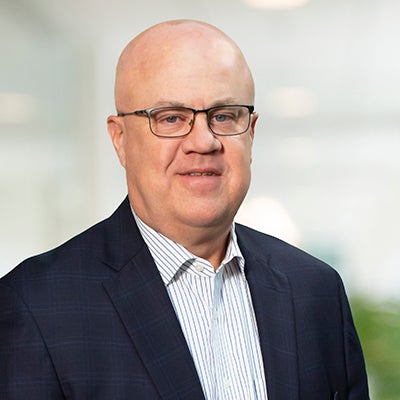
Moral injury is a term originally used to describe how soldiers respond to their actions during war. It can be defined in this setting as “perpetrating, failing to prevent, bearing witness to, or learning about acts that transgress deeply held moral beliefs and expectations.” Diane Silver defined moral injury as “a deep soul wound that pierces a person’s identity, sense of morality, and relationship to society.”
For years we have been hearing about and seeing evidence of physician burnout. Burnout is often evidenced by a combination of symptoms, including exhaustion, cynicism, and decreased productivity. Indications are that at least half of all physicians report at least one of these symptoms. There is growing body of work that suggests “moral injury” may better describe what physicians are experiencing. Simon G. Talbot and Wendy Dean wrote about this in an opinion piece for STAT in 2018. They defined moral injury among physicians as “being unable to provide high-quality care and healing in the context of health care.“
As a practicing physician, I can distinctly recall a reluctance to ask a patient about their ability to afford medications because I knew I had no ability to address the problem. Amid good faith efforts to think more holistically about patient care, providers and their staff often uncover multiple social determinants of health within a patient’s own environment. Primary care providers may face a similar dilemma multiple times in a single day. This may be the elderly patient who does not show for a transitional care visit following an inpatient stay due to lack of transportation, the patient who must decide between paying the heating bill or purchasing insulin, or the patient who is legally blind and being evicted from her apartment because of unsafe living conditions. This list could go on.
Historically, physicians and other healthcare providers have taken an oath which acknowledges the importance of meeting the needs of the patient within the context of their unique settings. Many also view their practice of medicine as a “calling.” Burnout, or perhaps moral injury, often comes from the unrelenting experience of recognizing complex problems and having limited resources and time to help address root causes of disease. As with anything in health care, there are no quick and easy solutions to this challenge. The complexities of the modern healthcare system will necessitate a coordinated effort to address these overwhelming barriers. But value-based care has something to offer the patient and the provider. Value-based care is multi-disciplinary at its core. Providers are surrounded by “wrap-around services.” Though the physician is in the encounter with the patient one-on-one, neither the patient nor the physician is truly alone. In value-based care, there are care coordinators, pharmacists, and others who are all working behind the scenes to assist the patient. This team approach to health care offers solution that may lessen the moral injury providers experience while meeting the complex needs of patients.
Providers need quick and easy access to a team of health navigators, usually RNs, who are skilled in motivational interviewing and follow up with patients after acute care discharges. Through the TCM process, the nurses are equipped to uncover medication errors, lack of health literacy, lack of financial resources, and food insecurity – all concerns the provider wants to address but lacks the time or resources in a fee-for-service model. These nurses use data to identify the rising at-risk patients and intervene between office visits, messaging the provider’s office when a need arises, often preventing hospitalizations.
Access to clinical pharmacists who have clinical and claims data on hand for the providers’ patient panel is another valuable resource for providers and patients. Clinical pharmacists use this data to identify patients at risk for drug therapy problems and non-adherence to medication regimens. Both lead to poor clinical outcomes. Pharmacists serve as a consult service for patients with challenging chronic conditions. A recent story comes to mind of a patient with a Hgb A1c greater than 10 whose primary care physician was struggling to bring it under control. A consult with the clinical pharmacist led the patient to reveal she was using her husband’s “extra” insulin because she could not afford her own. She was embarrassed to share this with her provider but disclosed it to the pharmacist who addressed the access issue and today the patient’s A1c is below 8. What is described here is just a part of the work that teams of health navigators and pharmacists do every single day. At CHESS we start each of our All-Staff meetings with a patient story and share these stories with the providers whose patients are impacted. Telling these stories reminds us that serving patients and providers is our purpose; our efforts at CHESS are aimed at eliminating patient suffering. As we eliminate patient suffering and improve outcomes, it becomes apparent that we are also relieving the heavy burdens of healthcare professionals.
About the Author


